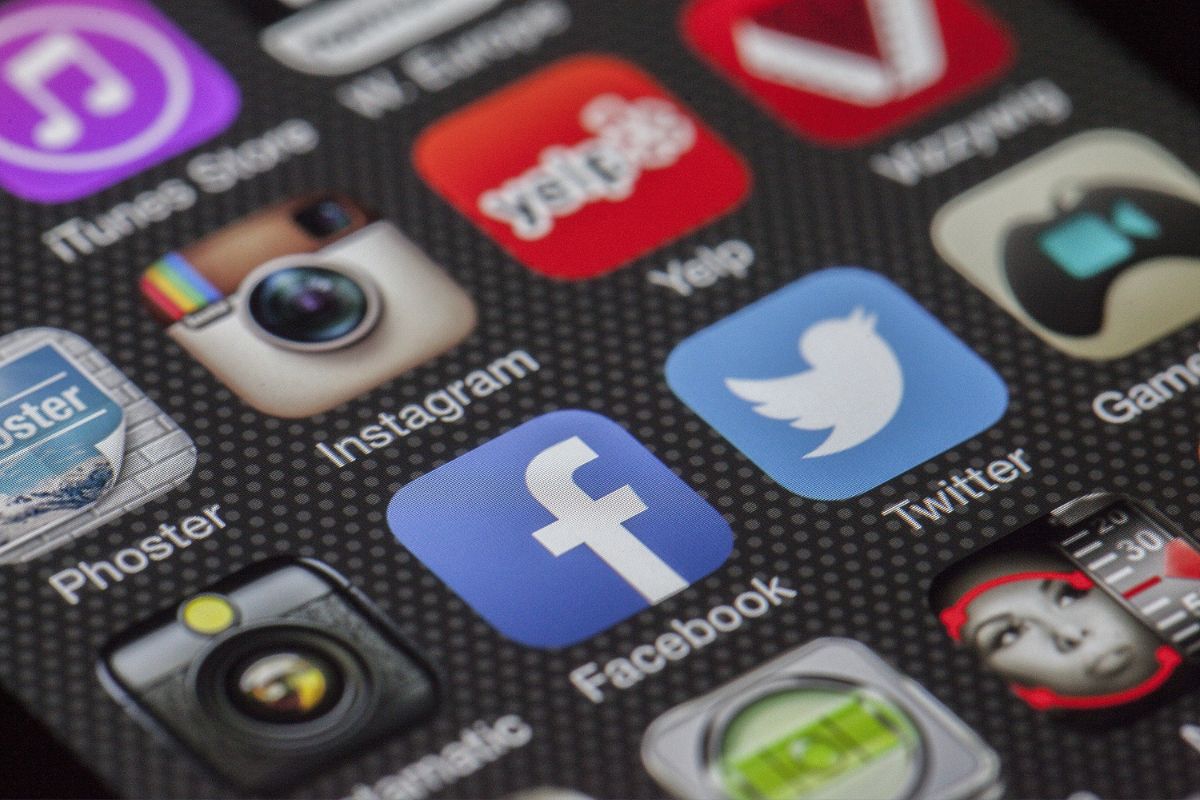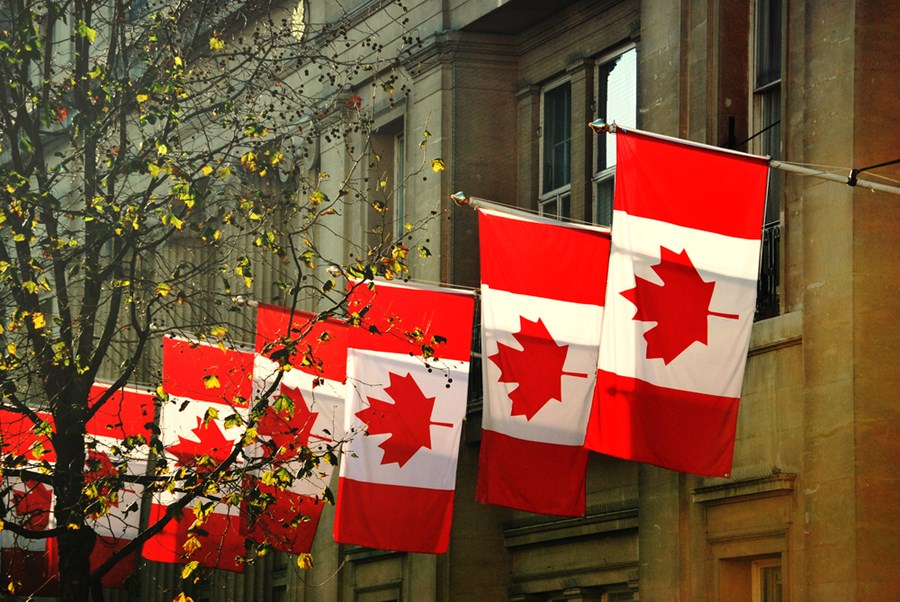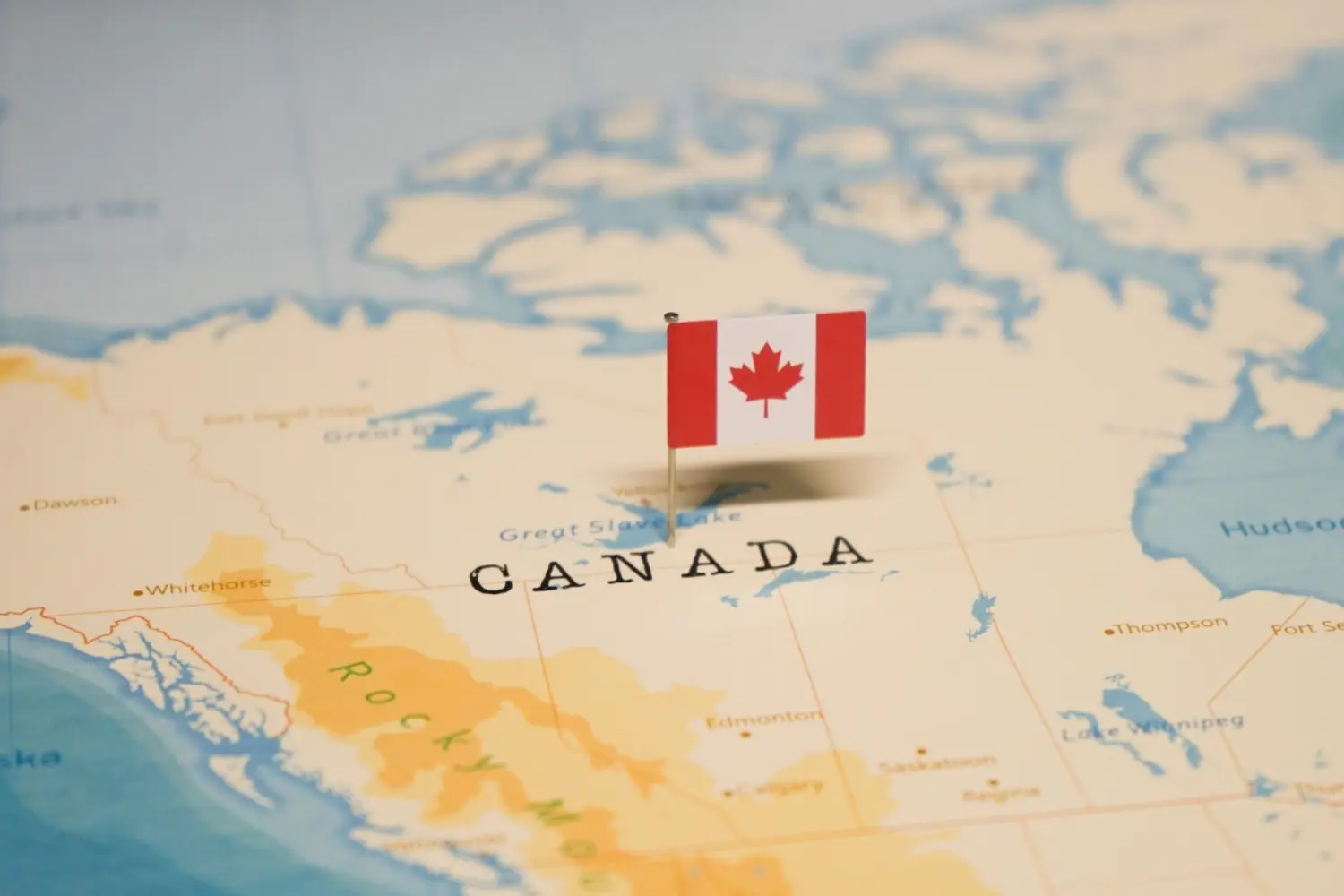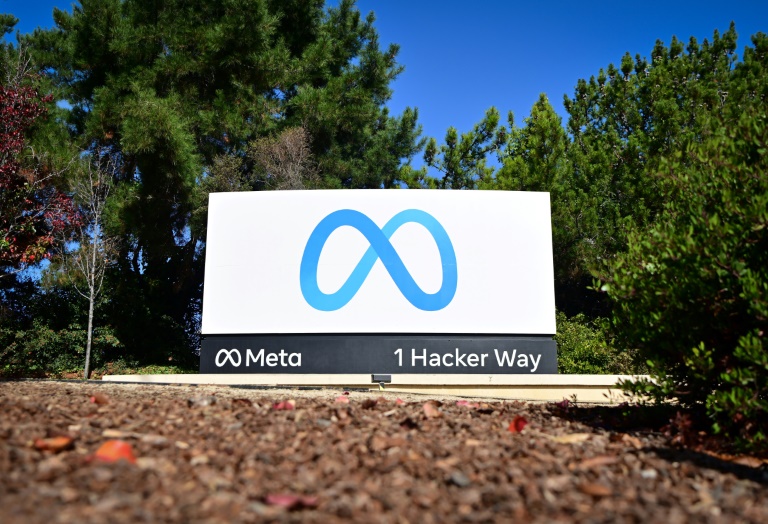Always attracting crowds, the electronic art festival better known in São Paulo is once again invading the Fiesp Cultural Center, on Paulista Avenue. From this Wednesday (5), the International Festival of Electronic Languages (file)which has been held since 2000, promotes the poetic and aesthetic novelties of electronic art around the world, showcasing artistic works – many of which are interactive – and which deal with the real and technological world.
For this year, the curators have chosen to evoke interaction between artificial intelligence and human. Entitled “Interactive Singularities”, the theme refers to the hypothesis that the interaction between artificial intelligence and human intelligence would lead to the development of a simulated consciousness in which the “artificial self” would dialogue with the “natural self “.
- Rembrandt’s ‘extraordinarily rare’ works could fetch $10 million at auction
- An Italian buys a painting at auction and discovers that it could be Monet
“Today we realize that many people fear that artificial intelligence will take over the world. But, in fact, what artificial intelligence needs is to work with humans. And when these two cognitive forces work together, the power of evolution and production increases dramatically. So here at the exhibition we have works that already use artificial intelligence. The artist creates this system in the machine, but it is the viewer’s interaction that will give content to this work,” said Paula Perissinotto, co-founder, curator and organizer of File, in an interview with Agência Brasil.
“Artificial intelligence has a greater ability to process data and organize information in a much broader way than humans. But, on the other hand, it is not endowed with emotion, creativity and sensitivity. So when those two things are connected, the power of that relationship happens,” Paula said.
File São Paulo 2023 features works produced by artists from 39 countries. Among them, the one that opens the exhibition and has been installed outside the Cultural Center, in the middle of Avenida Paulista: a huge waterfall, with LED lights. Called Light Falls, the work is by Brazilian Vigas. With its five meters high, the work offers a reflection on the importance of water and the preservation of nature.
“Usually in my work I deal with issues related to nature,” said the artist. “It is a large installation, in the form of a waterfall, made with digital LEDs and translucent tubes. It evokes a tribute to one of nature’s greatest assets, which is water. I bring water to the city in one of its most powerful formats, the waterfall. In principle, it attracts with its beauty, but its concept intends to draw attention to the conservation of this precious asset and how we treat it”.
Construction
In this edition, the festival will be held in the basement of the Fiesp Cultural Center and is a little smaller than in previous years, but with works that will impress the public, such as Empreintes Sonores, by the Canadian duo Victor Drouin-Trempe (V .ICTOR) and Jean-Philippe Côté (Djip.Co). In this work, the public will be able to interact in two ways: say something near a microphone so that a digital assistant can capture, record the sounds that have been emitted and materialize them visually; or move in front of the work.
“Basically, with this installation, we tried to reverse our usual relationship to sound. Generally, the sound comes towards us. He moves in the air [direto] and it reaches our ears while we are still. In this case [da obra]the sound is frozen in the air and you have to move to explore it,” explained Jean-Philippe Côté to Agência Brasil.
According to Victor Drouin-Trempe, this is the first time they have worked together. It is also the first time that they participate in this festival in Brazil. “It’s our first time at File, but we’ve shown this work before at different festivals and seen how people interact with it. It’s really fun to see this interaction and the different interpretations that people give to this equipment that we have idealized,” he added.
Another work that should catch the public’s eye is the interactive installation Expanded Iris, by Brazilian artist Anaisa Franco, which invites the public to look through a device the artist calls a space iriscope. The instrument scans the person’s iris and projects its image mixed with galaxies and nebulae. “It is a work in which the artist proposes to capture the iris and, from this image, creates a relationship of fusion with images of galaxies, which simulate the iris. This image fusion creates a contemplative relationship,” explains the curator.
In Captured, by Finnish Hanna Haaslahti, the visitor’s face is captured to create a digital avatar. This visitor will then be part of a collective scenario in the virtual world. “These are interactions that do not require the viewer to be manipulated or moved. Just stand in front of a camera and have your face captured and you can become part of a system, where a group of people start identifying themselves. And all these questions inherent in human relations arise in this virtual environment,” said Paula.
In addition to the works inside the Cultural Center, this year’s festival promotes a series of augmented reality images, which are activated by means of QRCode, inside the Trianon-Masp metro station.
File led show
Outside, the Fiesp Cultural Center building will serve as a stage for exhibitions, with LED projections taking place daily, for the duration of the festival. This intervention in the Fiesp building can be seen by anyone walking along Avenida Paulista at night. Some of these works are part of the Cotidianos Imperceptíveis series, the result of a partnership between the festival and the visual arts course, from the Plastic Arts Department of the School of Communications and Arts (ECA-USP), from the University of Sao Paolo.
Workshops
With the proposal to spread technology as a creative language and the process of artistic development, there will also be workshops on the mezzanine floor of the Fiesp Cultural Center from today until Friday (7). The activities are free and, to participate, it is necessary to register at the event website.
The electronic art festival is free and runs until August 27. More information about the file can be obtained here.

“Pop culture fan. Coffee expert. Bacon nerd. Infuriatingly humble communicator. Friendly gamer.”
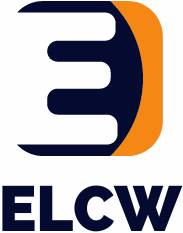
:strip_icc()/i.s3.glbimg.com/v1/AUTH_e536e40f1baf4c1a8bf1ed12d20577fd/internal_photos/bs/2023/G/F/ejrBtKQjABgEAxB0ocuQ/img-2983.jpg)
